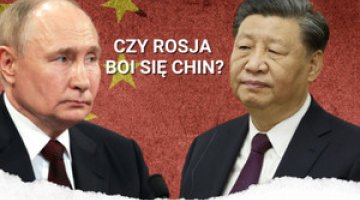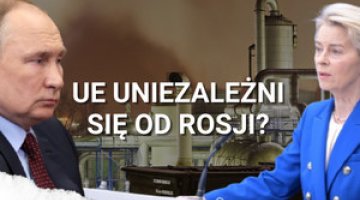The Russian-American declaration on Syria: a success for Moscow
On 22 February, Russia and the United States issued a statement containing the principles for a ceasefire in the Syrian conflict – which were agreed in the course of confidential bilateral contacts, and de facto had the nature of an ultimatum. In accordance with this agreement, the parties to the conflict had until noon on 26 February to confirm to either the United States or Russia that they would participate in the agreement, which is to come into force on 27 February. The agreement is intended to lead to a complete ceasefire between the parties (except in self-defence). Groups considered to be terrorists are excluded from the ceasefire, including the forces of Islamic State and Jabhat an-Nusra, as well as those groupings which do not accept its conditions. The United States and Russia are to exchange information about the locations of the forces covered by the ceasefire. Military action against other groups will continue. The cease-fire regime is to be supervised by a special working group of the International Syria Support Group (under the auspices of the United Nations), led by Russia and the United States. The parties to the conflict should also commit to guaranteeing access for humanitarian assistance to the civilian population in the areas each controls.
Commentary
- Both the announcement itself and its content represent a significant diplomatic success for Russia, which has gained the United States’ formal recognition of its role as a co-decision maker in resolving the Syrian question. This was the import of President Putin’s television address on this occasion. The other actors in the conflict and the countries interested in its resolution are treated as secondary, and as having limited influence. Russia interprets this as confirmation of its ‘great power’ role as an equal partner of the US in resolving global issues and regional conflicts. The agreement, like the 2013 agreement on the destruction of chemical weapons in Syria, also helps Russia create an image of a ‘constructive partner’ for the West, which should encourage the normalisation of relations.
- It is difficult to predict whether or to what extent the announced ceasefire will really affect the course of the conflict in Syria. However, both success and failure will benefit Russia and the Assad regime. If the ceasefire does come into force, it will be possible to suspend Russian airstrikes against the moderate armed Syrian opposition (which have caused substantial casualties among the civilian population) and deliver humanitarian aid. This will ease the criticism of Moscow. By limiting the scope of its military operations in Syria, Russia will reduce the costs to its finances, human resources and public image. Such a scenario would increase the likelihood of Russia playing a key role in the long-term political process in Syria, leading to an effective strengthening of Assad’s regime. Attacks by the forces of Russia and Assad, however, may continue to a limited extent, under the pretext of the proximity of the positions of the radical forces and moderate opposition, or as ‘self-defence’, which would call the US’s credibility into question to an even greater degree.
- In turn, the failure of the agreement (the rejection by some or all of the Syrian opposition, or a failure to observe it) will demonstrate the US’s ineffectiveness, and will also give Russia and Assad’s forces a pretext to continue their attacks on the moderate armed Syrian opposition, making it difficult for the West to criticise such actions.





